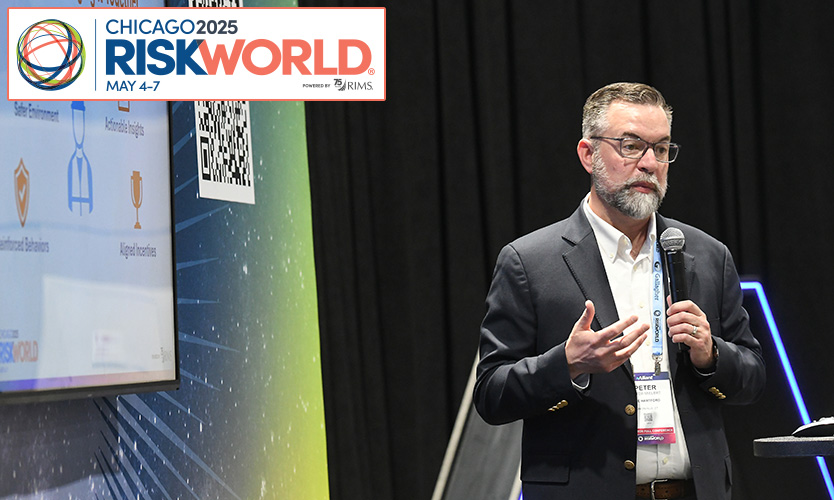Safety Tech Revolution: US Manufacturing Gears Up for Explosive Growth

Manufacturing Leaders Face Critical Workforce and Insurance Challenges
The industrial sector is experiencing a perfect storm of workforce challenges, with recent data revealing significant concerns among business leaders. More than half of manufacturing executives are grappling with two interconnected issues that threaten operational efficiency and financial stability: escalating workers' compensation insurance costs and persistent worker shortages.
These mounting pressures are creating a complex landscape for manufacturers, who must simultaneously manage rising insurance expenses while struggling to recruit and retain skilled workers. The dual challenge is forcing companies to rethink their traditional approaches to workforce management and risk mitigation.
Insurance premiums continue to climb, placing additional financial strain on businesses already navigating tight margins and competitive markets. Simultaneously, the ongoing labor shortage means companies are competing aggressively for qualified talent, further complicating their strategic planning and operational capabilities.
Forward-thinking manufacturers are responding by implementing innovative strategies, including enhanced workplace safety programs, competitive compensation packages, and targeted workforce development initiatives. These approaches aim to simultaneously reduce insurance risks and attract top-tier talent in an increasingly competitive industrial employment market.
As the manufacturing landscape continues to evolve, leaders must remain adaptable and proactive in addressing these critical workforce and insurance challenges.
